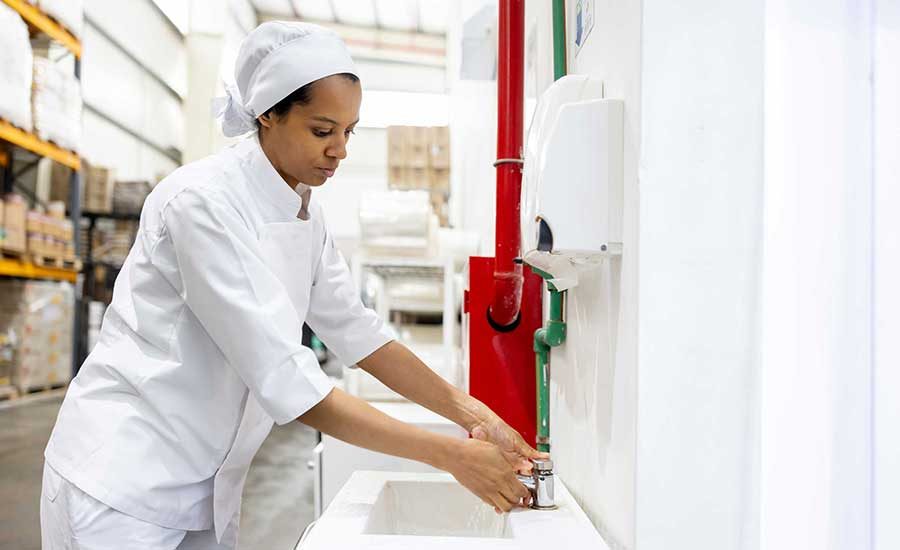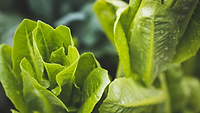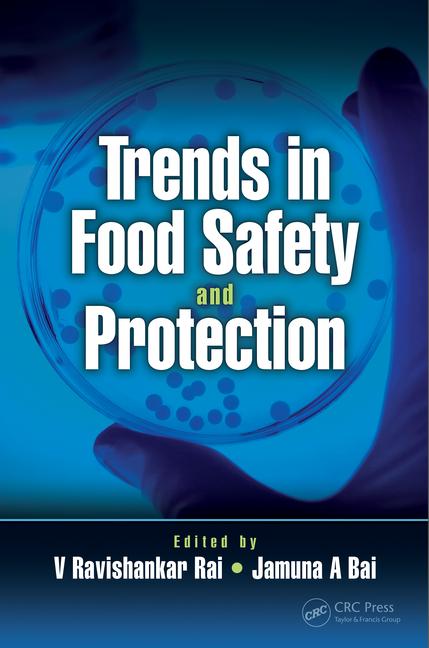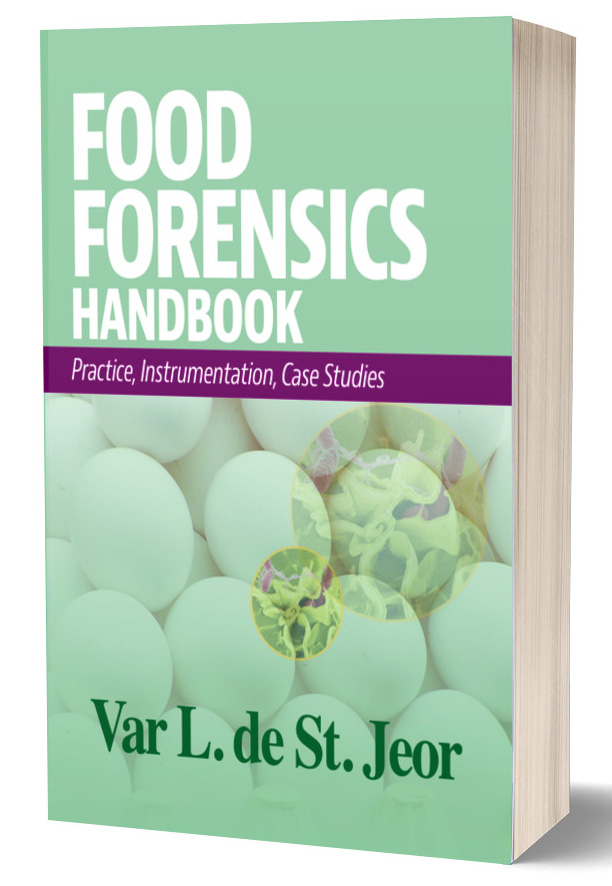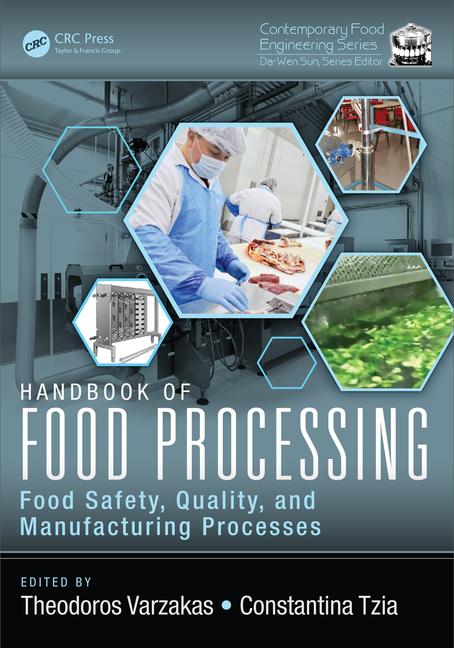Study Demonstrates Listeria’s Ability to Colonize, Survive in Preexisting Multispecies Biofilms

Image credit: Freepik
A recent study demonstrated the ability of Listeria monocytogenes to colonize multispecies biofilm within a matter of hours and survive within the biofilm over time, potentially offering it protection against cleaning and disinfection in food processing environments. To the researchers’ knowledge, the study is the first to show that L. monocytogenes is able to colonize preexisting biofilms.
Published in Microbiological Research, the study was conducted by researchers from the Austrian Competence Center for Feed and Food Quality, Safety, and Innovation; the University of Salamanca’s Institute for Agrobiotechnology Research; and the University of Veterinary Medicine at Vienna’s Center for Food Science and Veterinary Public Health.
The researchers introduced a strain of L. monocytogenes (ST121), which was isolated from the production line of a real-world meat company, to preexisting multispecies biofilm on stainless steel slides. The preexisting biofilm comprised bacteria strains that are frequently associated with Listeria-positive sampling sites: Pseudomonas fragi, Brochothrix thermosphacta, and Carnobacterium maltaromaticum. The researchers observed the behavior of L. monocytogenes within the biofilm, finding that it was able to colonize the multispecies biofilm within two hours.
After six hours, L. monocytogenes accounted for 6.4 percent of the total number of microbial cells in the multispecies biofilm, and after seven days, L. monocytogenes continued to survive in the biofilm, representing 2.4 percent of cells, without any significant changes in its abundance. P. fragi remained the most dominant species after seven days, and the presence of L. monocytogenes did not alter the biofilm community nor its matrix composition.
Additionally, the researchers cultured a monospecies L. monocytogenes biofilm on stainless steel, and confirmed the attachment of L. monocytogenes on stainless steel coupons after six hours of incubation. Although L. monocytogenes was able to colonize stainless steel, it did not build complex three-dimensional biofilms with high biomass yields, consistent with existing literature showing that the majority of L. monocytogenes does not produce dense biofilm on its own, and that the specific strain used in the experiment is not a strong biofilm-former.
In both the multispecies and monospecies biofilms, the researchers observed the multiplication of L. monocytogenes cells.
Overall, the study showed that the L. monocytogenes strain isolated from a food environment is able to colonize and survive in a preexisting multispecies biofilm, without significantly altering the community structure or the overall matrix composition. The researchers believe this observation could suggest that L. monocytogenes is a passive survivor and resident of biofilms in food processing environments, rather than an “active player.”
Looking for a reprint of this article?
From high-res PDFs to custom plaques, order your copy today!


